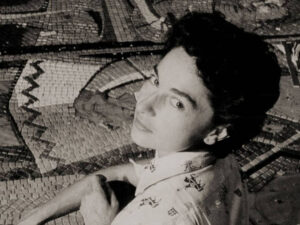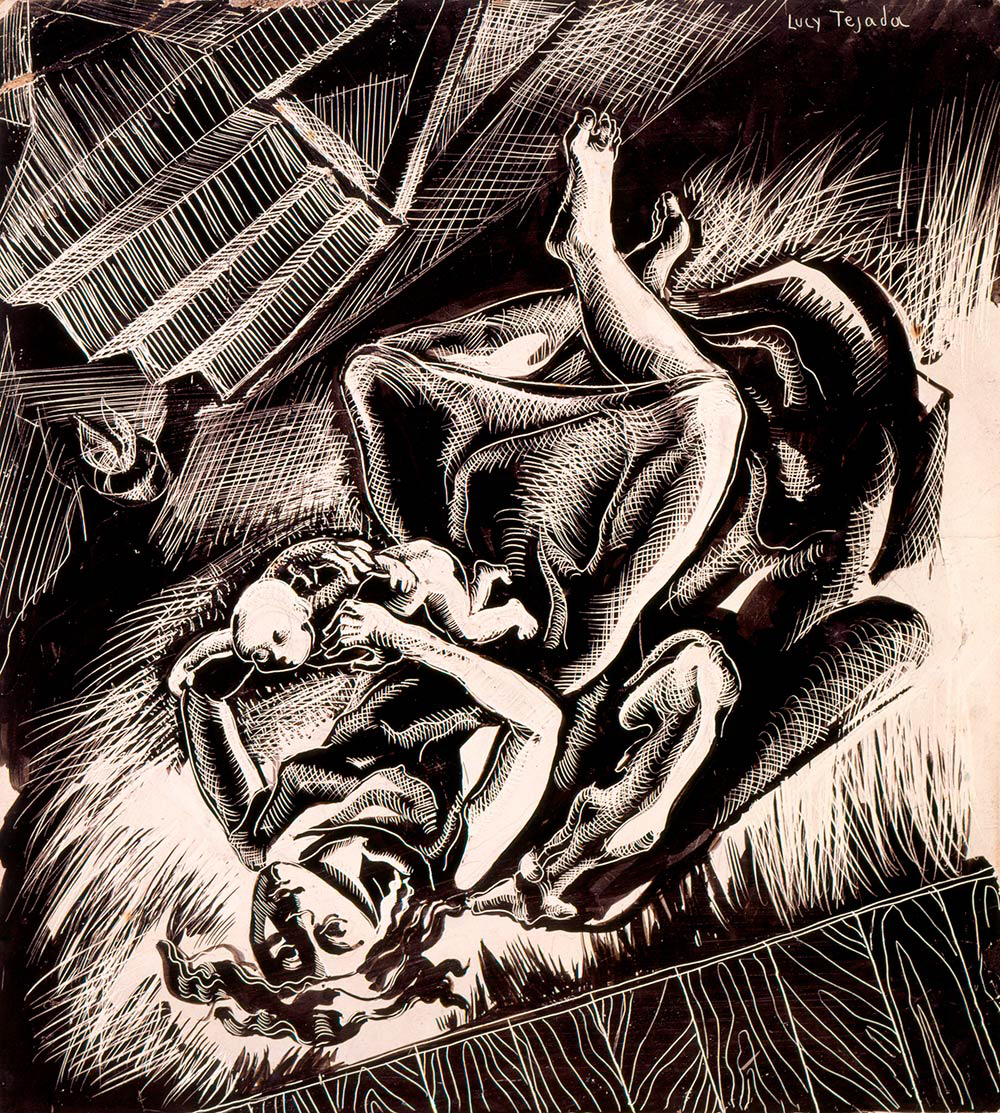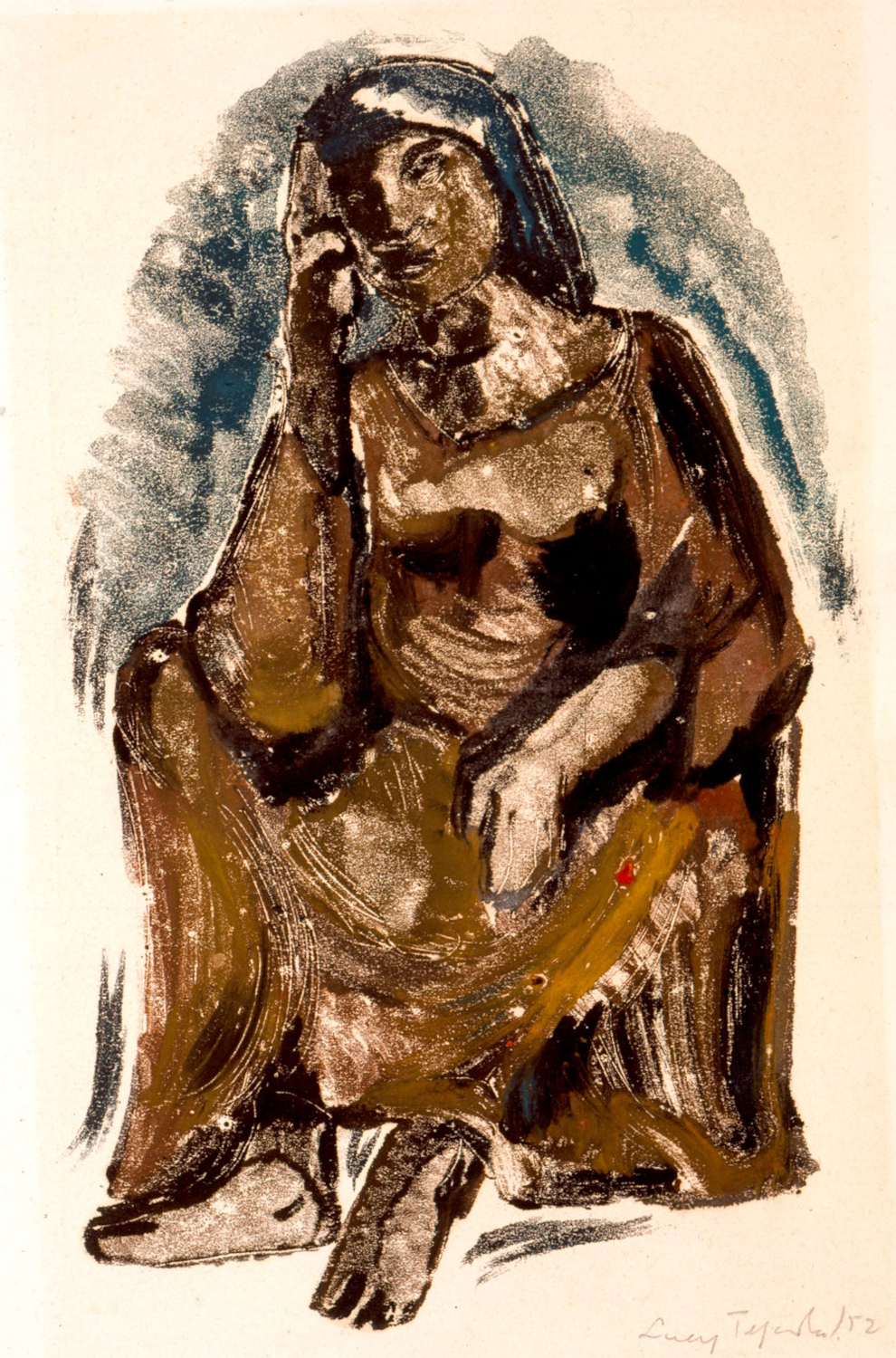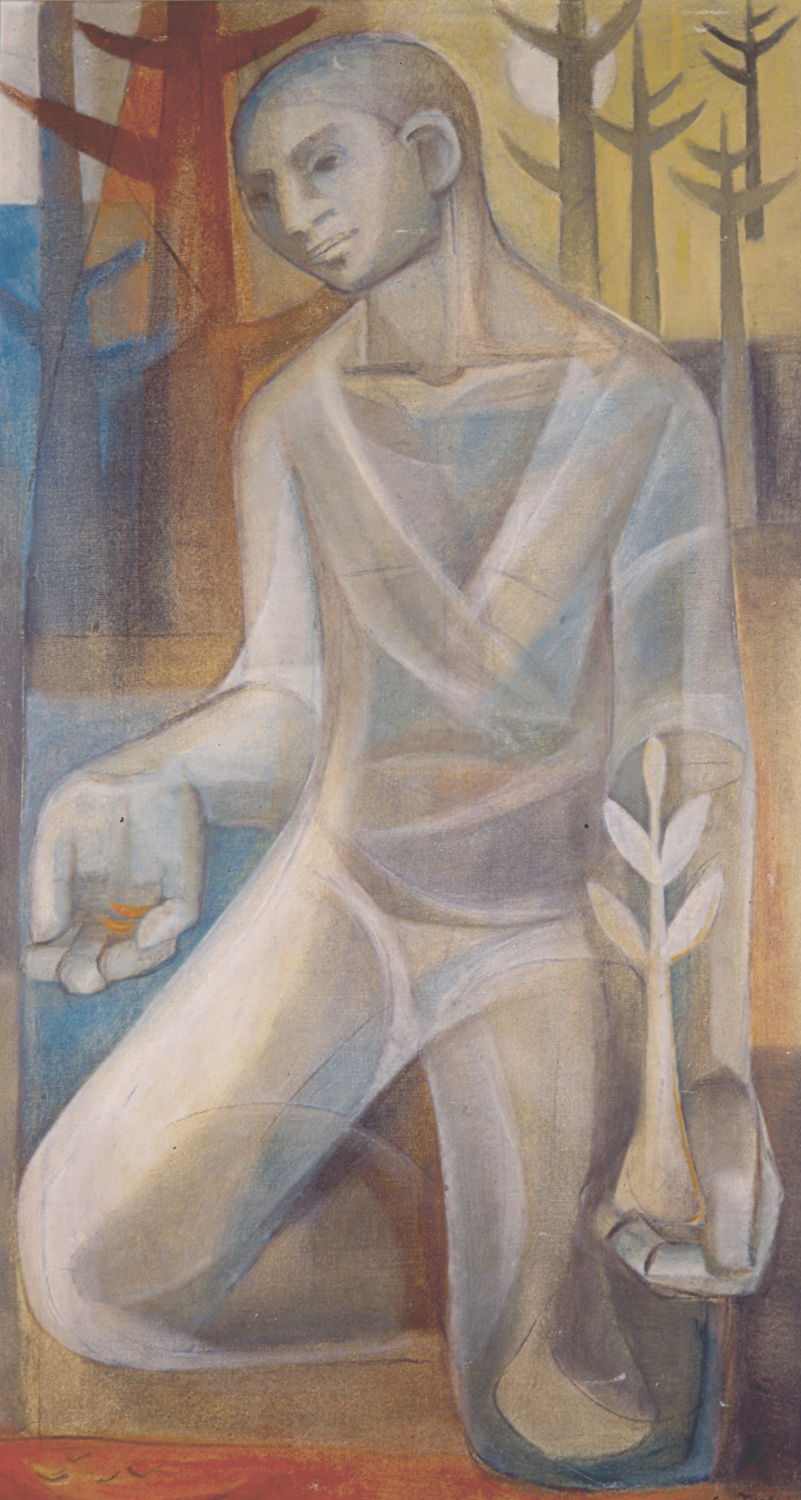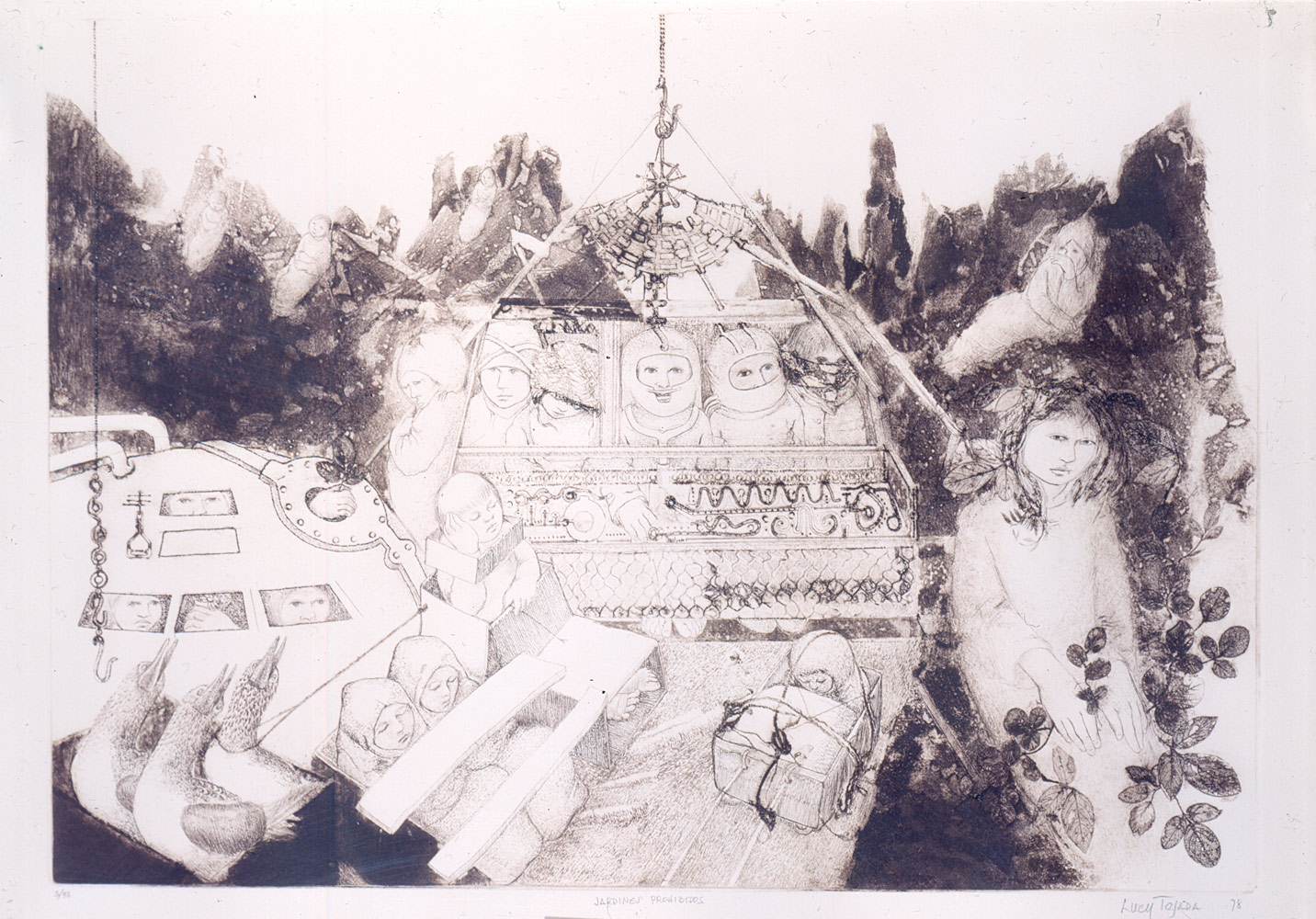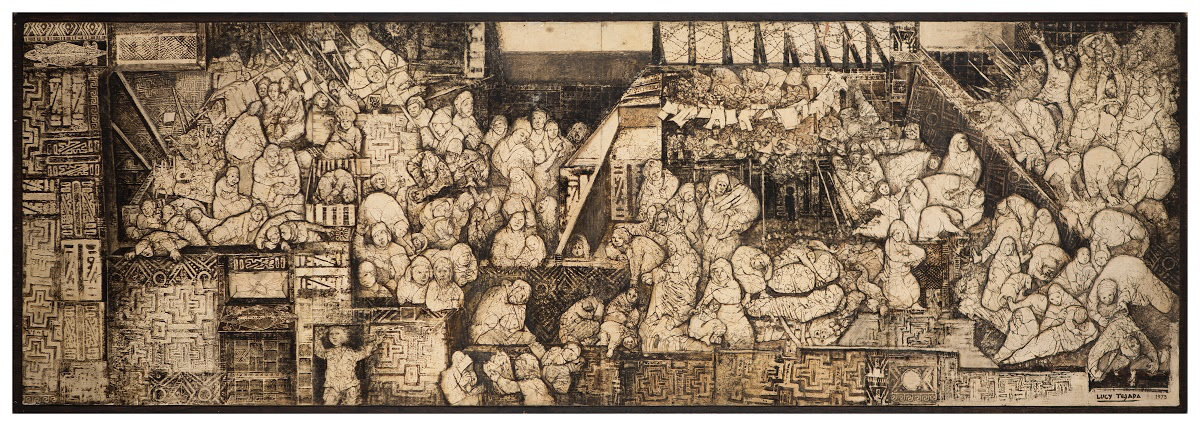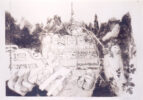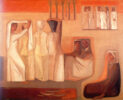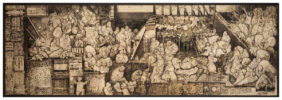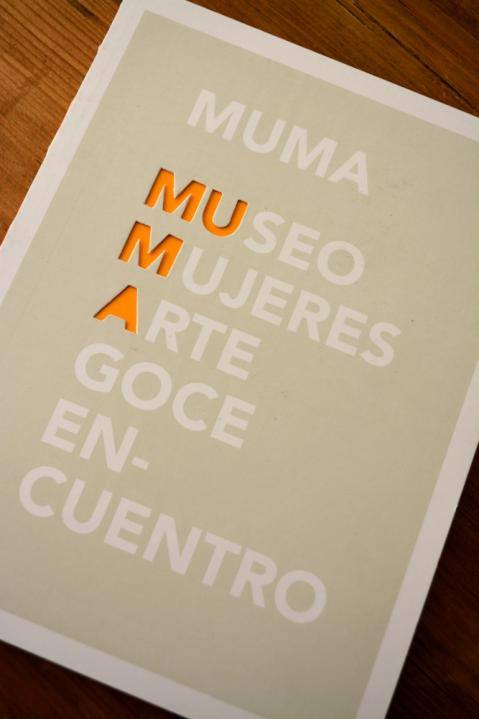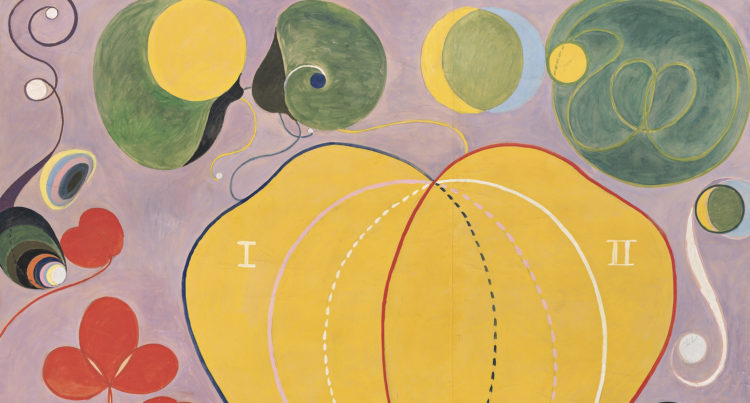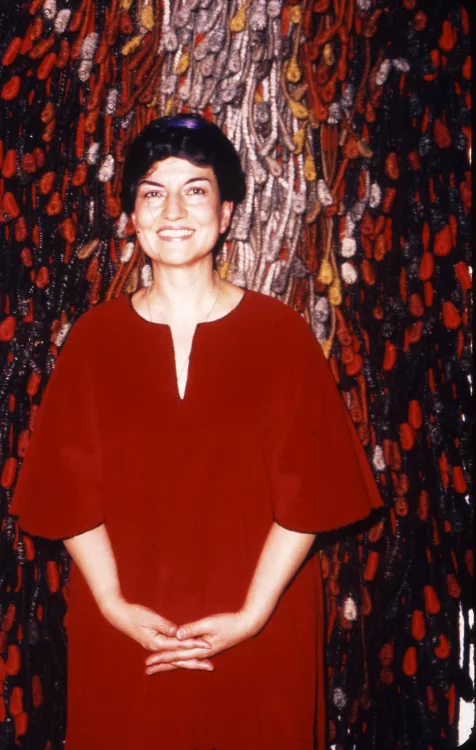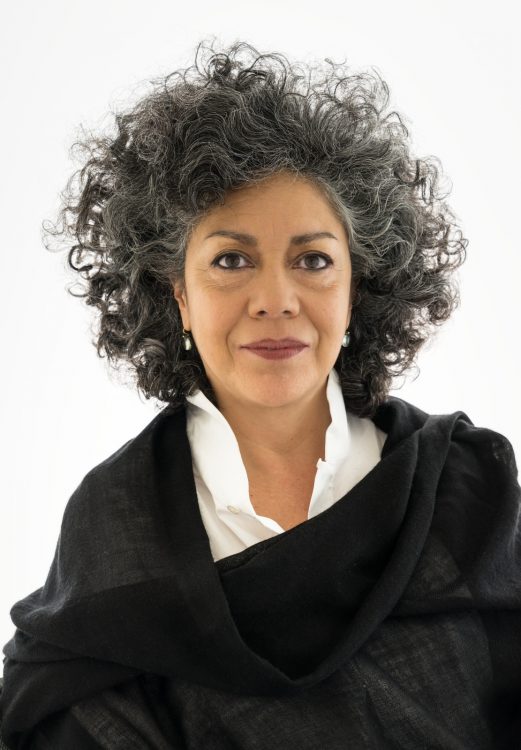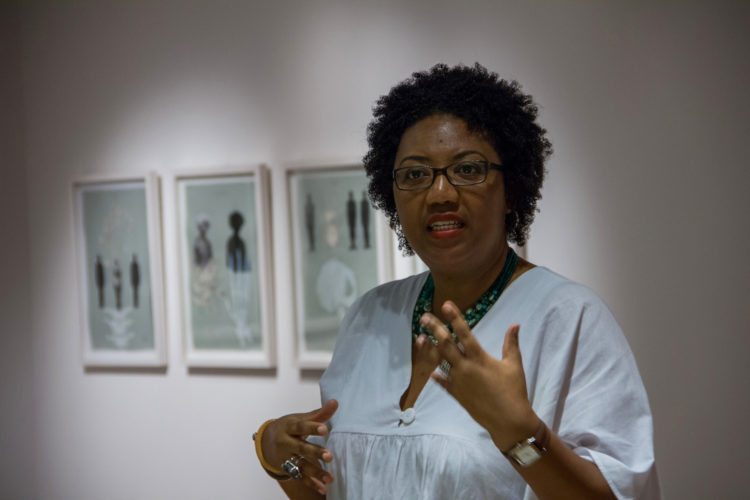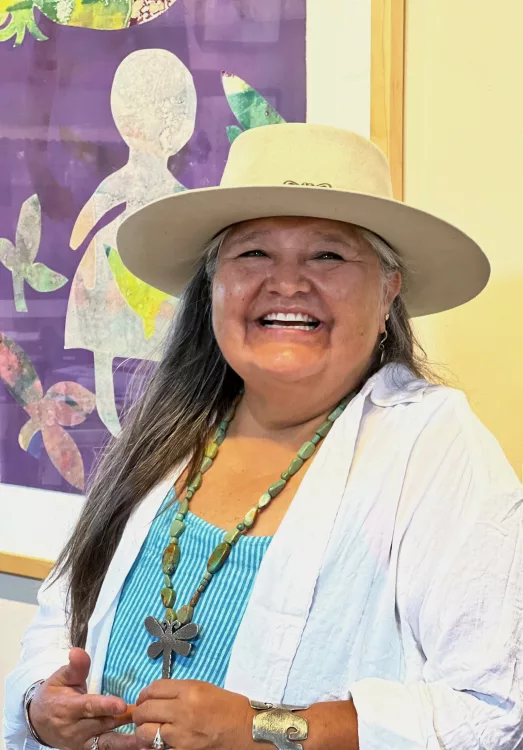Lucy Tejada
Gómez Echeverri, Nicolás (ed.), Lucy Tejada: años cincuenta, Bogotá, Fundación Gilberto Alzate Avendaño, 2008
→Alejandro Valencia Tejada (ed.), Lucy Tejada Gran retrospectiva: sesenta años de labor pictórica 330 obras, Cali, Metrocali / Feriva, 2007
→Lucy Tejada, retrospectiva, 1949-1982, exh. cat., Museo Nacional de Colombia, Bogotá (November, 1983–January, 1984), Bogotá, Instituto Colombiano de Cultura, 1983
Lucy Tejada, retrospectiva, 1949-1982, Museo Nacional de Colombia, Bogota, November, 1983–January, 1984
→Exposición Antología gráfica Lucy Tejada, Museo Rayo, Roldanillo, October, 1982
→Exposición de óleos – Lucy Tejada, Centro cultural de Bogotá, Bogota, October 2-16, 1958
Colombian painter, muralist and printmaker.
Lucy Tejada was first introduced to art by her mother, a self-taught painter who always supported her daughter’s ambition to become a professional artist despite her father’s opposition. In 1941 she was one of the first three young women in Cali to receive a secondary school diploma. She studied art and decoration at the Pontificia Universidad Javeriana and in 1945 enrolled in the fine arts school at the Universidad Nacional de Colombia. She completed her training between 1952 and 1956 in Madrid, at the Real Academia de Bellas Artes de San Fernando and the Escuela Nacional de Artes Gráficas.
In Bogotá L. Tejada worked as an illustrator for the newspapers El Tiempo and El Espectador (1946), and did several covers for the cultural magazine Mito (1955-1962), headed by Jorge Gaitán Durán and Hernando Valencia Goelkel. While living in Bogotá she attended gatherings of poets and other intellectuals at the cafe El Automático (despite the fact that women were not supposed to frequent such establishments) and took part in the Insurgentes artistic movement. She won second place at the Primer Salón de los Jóvenes pintores colombianos (1947).
Impacted by her 1947 travels through the Guajira Peninsula in north-eastern Colombia, L. Tejada made Mujeres sin hacer nada [Women doing nothing, 1955], an oil painting awarded the first prize at the 10th Salón Anual de Artistas Colombianos (1957). It evokes the essence of Guajira landscapes that seemed to her miraculous, magical and solitary, centring, as so often in her work, on women. Women and children were favoured subjects in this artist’s world as she sought to express her vision and thinking without tradition’s chains. Her art is infused with a critical stance regarding the social and political issues of her day, as can be seen in her print Atados [Tied], made for the collective project Portafolio graficario de la lucha popular en Colombia published by the Taller Prográfica de Cali (1977) and A la mano – Muro de la infamia [By Hand – wall of infamy, 1973]. Her interest in graphic design played a key role in the revitalisation of this practice in Colombia.
In 1960 she cofounded the Taller group together with María Thereza Negreiros (b. 1930), Jan Bartelsman (1916-1998), Tiberio Vanegas (1937-1983) and her brother, Hernando Tejada (1924-1998), providing vital support to local production during the cultural boom happening in Cali at that time.
Her work has been exhibited widely in Colombia and internationally, including at biennials such the Hispanoamericana in Barcelona (1955), São Paulo (1961, 1963) and the Salón Panamericano de Artes Gráficas de Cali (1970), which later became the Bienal Americana de Artes Gráficas, where her pieces appeared in 1976 and 1986.
In 2007 she won the Medalla del Mérito Cultural and in 2008 the Premio Vida y obra, both awarded by Colombia’s Ministry of Culture in recognition of her contributions and long career. Before she died, she founded the Fundación Lucy Tejada in Pereira, whose mission is to conserve and circulate her work and that of her brother. In 2019, thanks to a major donation of her work, the city opened the Museo Lucy Tejada.
A notice produced as part of the TEAM international academic network: Teaching, E-learning, Agency and Mentoring
© Archives of Women Artists, Research and Exhibitions, 2022


